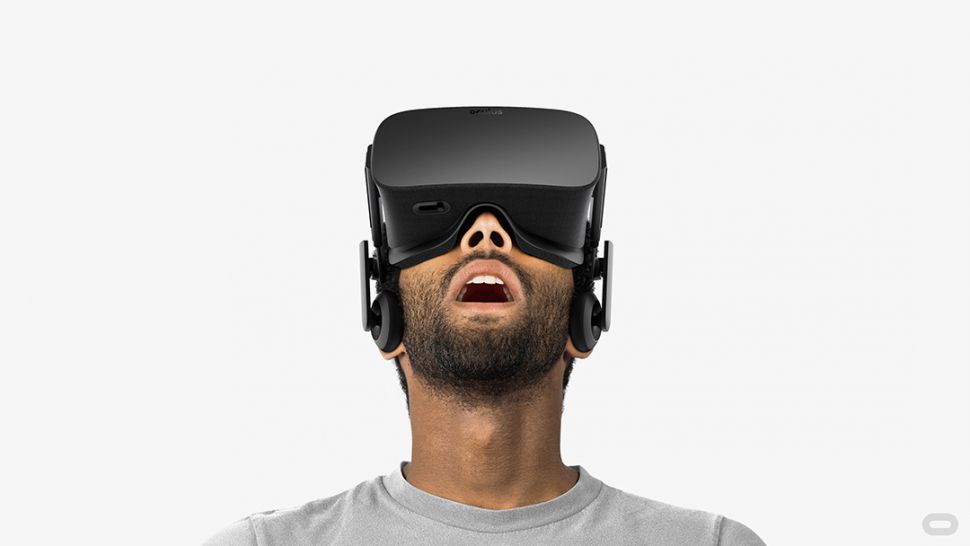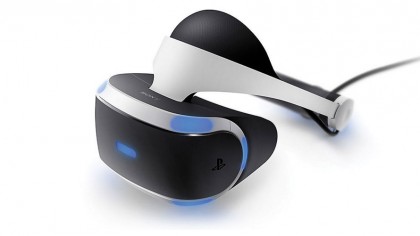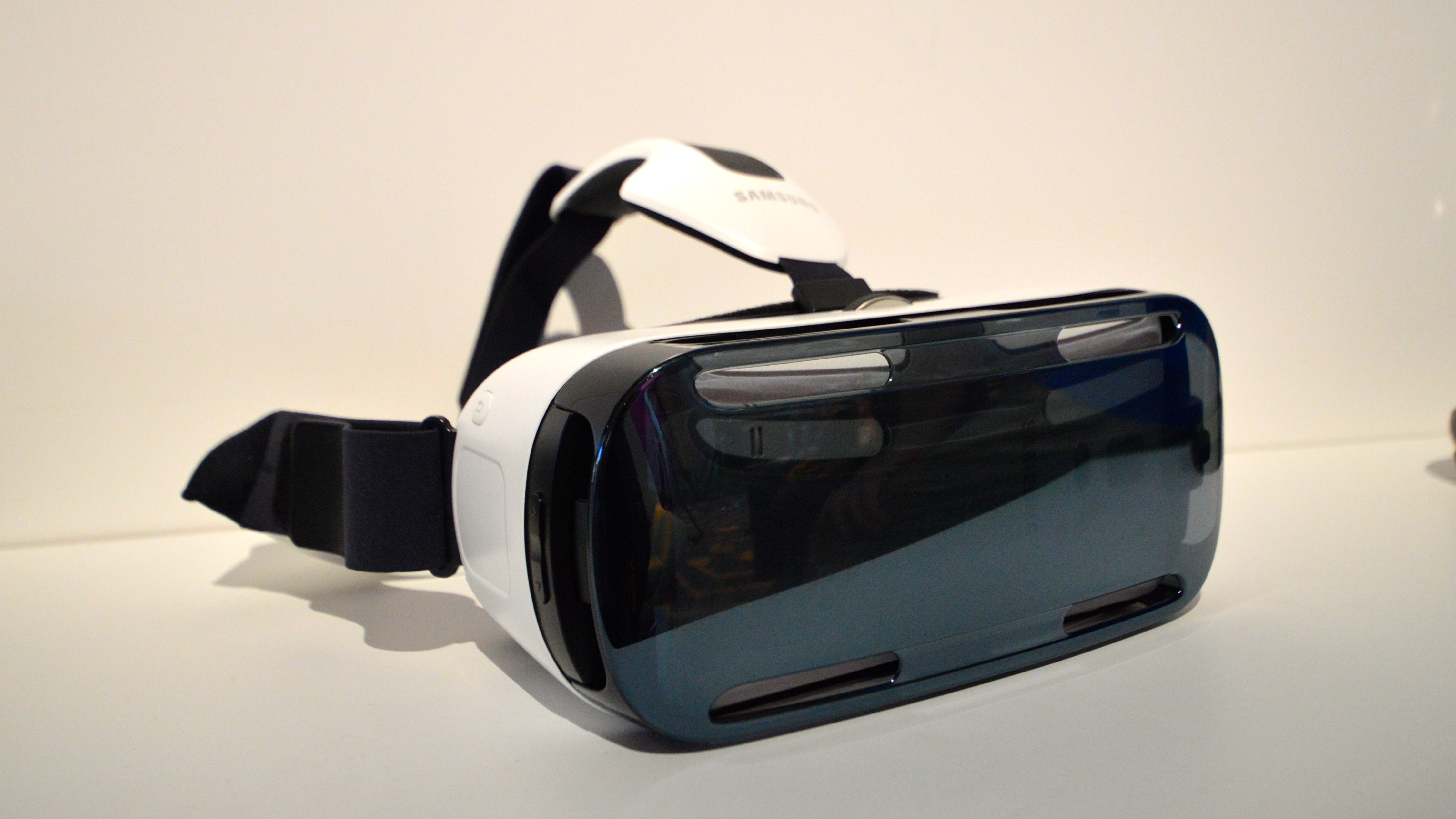How VR needs to evolve before it can really be for everyone
Truly losing yourself in a VR world isn’t possible yet, but it’s not far off

The launch of the Playstation VR has been tipped to transport Virtual Reality tech from the heads of rich early adopters to more mainstream consumers by the time Christmas rolls around this year.
Sure, there are more powerful PC-based rival VR systems, but in terms of accessibility, price and ease of set-up it’s the first one we can imagine our parents being able to get the hang of. Well, at a push.
But let’s not get ahead of ourselves here. Although PSVR might be the headset to excite the masses, and the tech industry is awash with promises of how VR will change the way we work, live and play, there’s still work to be done.
Issues around content, motion sickness and price points need to be addressed, and lessons about user behaviour – and about what we all actually want from VR – need to be learned before it can become an integral part of our lives everywhere from our offices to our living rooms.
The content needs to do way more than wow
Right now the content that you experience when you try a headset for the first time has been created solely to wow you and show off the tech. It’s more informative than insightful, useful or even entertaining.
For the first, second and even third times you use the headset that’s likely to do the job. It’ll get you excited, have you frantically waving your arms around and, crucially, coming back for more, for the time being.
But there’s a big issue here when it comes to longevity. If VR is going to be more than a flash in the pan, it needs to get people hooked, otherwise they’ll grow bored of it really fast.
Get daily insight, inspiration and deals in your inbox
Sign up for breaking news, reviews, opinion, top tech deals, and more.
There are a number of different ways it can do this, from storytelling through to more ambitious camera work. And, when we spoke to a number of VR industry insiders, the consensus was that VR tech brands and content creators could learn a thing or two from other industries.
If VR is going to be more than a flash in the pan, it needs to get people hooked
“Audiences need series of repeatable content that is addictive, especially when it comes to the storytelling side of virtual reality," Catherine Allen, a digital producer and director specialising in VR and AR for the likes of the BBC, told us.
"They need experiences that are magnetic, content that they just can't help but get excited about getting home to and putting on a headset for.
“Yes, we have this for games, but what is the equivalent for non-gamers? Think how you feel about a TV series you're really into, and can't wait to get home, kick back and stream; audiences should feel that level of magnetism towards VR content.”
But it’s not just ‘magnetic’ content that’s likely to keep people hooked, but actually providing useful experiences beyond wow-ing people with a VR dinosaur; the kind of thing people will engage users months and years after purchasing the headset.
And the challenge here is producing something that needs VR, rather than something that's just crowbarred into a VR environment, as Allen explains.

“VR needs apps making for it that are really useful. Apps that just wouldn't work in any other medium. Apps that users just couldn't live without. What's the VR equivalent of Google Maps, in terms of usefulness? VR creators should be thinking in terms of user need.”
And it’s not purely what the content is that’s important here, but how it’s been created, according to Chris Baker, Head of VFX at Dock10.
“When they first started using film, they recorded opera and ballet, as that’s what they thought people at the time wanted to watch," he says.
"It wasn’t until directors such as Hitchcock that people started moving the camera, cross-dissolving from one scene to the other, using whip pans and fast editing to create excitement and pace.”
VR needs apps making for it that are really useful. Apps that just wouldn't work in any other medium
Catherine Allen, VR producer
Richard Wormwell, head of 360 at Dock10, added that a multi-disciplinary approach is necessary given that VR actually spans a number of different spaces.
“Creating 360 content might take some of the skills and techniques from film and television, but it also dips into games programming, artificial intelligence and theatre directing," he says.
"The medium can’t be pigeonholed into any of the aforementioned disciplines; it’s a new discipline, with a new set of skills required from both the crew and the talent in front of the camera.”
It’s not like VR companies are doing anything particularly wrong when it comes to content right now, but constant innovation, and an understanding of what keeps users coming back for more, is going to prove vital in the future.
VR experiences need to stop making us all nauseous
A number of people have reported incidences of nausea and motion sickness while using various VR headsets – a problem that seems especially common when using the PSVR.
The reason why many people experience symptoms of motion sickness while using VR – even those who wouldn’t normally feel ill when in a car, for example, is largely down to what’s known as sensory conflict. This is essentially when one sense is telling you one thing and another sense is telling you another; for example, your eyes think you’re flying through space but your sense of balance knows that you’re standing still.
We spoke with Professor John F. Golding, from the faculty of science and technology at the University of Westminster, London, who explained that sensory conflict is so prevalent among VR users because sensors in the headset detect your moving and try to keep up with your movements; the problem is, the sensors often can’t do this fast enough, so there’s a lag and your senses get confused. Cue nausea.
A number of the major brands claim to have addressed these issues, by stopping any lag from occurring. But Golding says everyone is different, and some people may still experience symptoms even with the tiniest fraction of lag.

And it’s not just sensory conflict that’s an issue. Wearing a VR headset so close to our heads causes our eyes to strain and tilt at an unnatural angle, which can then cause disorientation because the headset is strapped to your face and yet seems far away.
It’s too soon to tell just how many people will be affected by motion sickness when using VR, but brands need to be aware that when innovating and creating new experiences they shouldn’t sacrifice the user’s experience.
Sam Watts, Operation Lead at Make Real, told us: “It’s easy for a developer to grow accustomed to VR quickly, and forget that they are creating a title that might be someone’s first VR experience, so there should always be a period of acclimatisation built into every experience to allow users to adjust to the new sensations their senses are being assaulted by.”
Right now tech companies are addressing issues by removing as much lag as possible, and working with content creators to ensure the smoothest of video experiences. But it isn’t a problem that can be fixed easily, and the technology will need to constantly evolve to address new issues as experiences become more immersive, and sensory conflict more prevalent.
We need to add everyone into the development process
Professor Golding told us that a higher proportion of women experience motion sickness when they use a VR headset than men. The latest research suggests that women are around four times more likely to experience motion sickness symptoms than men.
So tech companies don't only need to address motion sickness issues to save a few people from feeling nauseous – they need to ensure that VR isn't alienating a whole gender.
If VR is going to go mainstream, then the VR industry must make an effort to appeal to women
Catherine Allen, VR producer
But it’s not just motion sickness that could be leaving women behind when it comes to VR – it's the content that's available.
Catherine Allen told us: “Look at much of what's on the VR app stores right now, and most of it is made predominantly by men, for men.
“A YouVisit study on US adults from September 2015 found that the amount of men who have tried VR is almost double that of women, and more men say they haven't tried virtual reality, but want to. If VR is going to go mainstream, then the VR industry must make an effort to appeal to women.”
Becca is a contributor to TechRadar, a freelance journalist and author. She’s been writing about consumer tech and popular science for more than ten years, covering all kinds of topics, including why robots have eyes and whether we’ll experience the overview effect one day. She’s particularly interested in VR/AR, wearables, digital health, space tech and chatting to experts and academics about the future. She’s contributed to TechRadar, T3, Wired, New Scientist, The Guardian, Inverse and many more. Her first book, Screen Time, came out in January 2021 with Bonnier Books. She loves science-fiction, brutalist architecture, and spending too much time floating through space in virtual reality.
